At equilibrium ,the concentrations of all reactants and products become ………..
Step-by-Step Text Solution:
1. Understanding Equilibrium: At equilibrium, a chemical reaction reaches a state where the concentrations of reactants and products remain constant over time. This means that the rate of the forward reaction equals the rate of the reverse reaction.
2. Identifying Reactants and Products: Consider a reversible reaction represented as:
A+B⇌C+D
Here, A and B are the reactants, while C and D are the products.
3. Initial Concentrations: At the start of the reaction (time = 0), only the reactants A and B are present. The concentrations of C and D are zero.
4. Reaction Progression: As the reaction proceeds, the concentrations of A and B decrease while the concentrations of C and D increase. This continues until the system reaches equilibrium.
5. Equilibrium State: At equilibrium (denoted as time T), the concentrations of A, B, C, and D become constant. This does not mean they are equal in value, but rather that their rates of formation and consumption balance out.
6. Rate of Reactions: At equilibrium, the rate of the forward reaction (A + B → C + D) equals the rate of the backward reaction (C + D → A + B). Thus, there are no net changes in the concentrations of reactants and products.
7. Conclusion: Therefore, the concentrations of all reactants and products at equilibrium will be constant, and in some cases, they can be equal if the reaction is designed that way. However, the most suitable word to fill in the blank is "equal" when referring to the condition of the system at equilibrium.
Final Answer: At equilibrium, the concentrations of all reactants and products become equal.
---
A+B⇌C+D
Here, A and B are the reactants, while C and D are the products.
Topper's Solved these Questions
- BOOK - ICSECHAPTER - EQUILIBRIUM EXERCISE - NUMERICAL PROBLEMS13videos
EQUILIBRIUM
- BOOK - ICSECHAPTER - EQUILIBRIUM EXERCISE - NCERT TEXT-BOOK EXERCISE109videos
EQUILIBRIUM
- BOOK - ICSECHAPTER - EQUILIBRIUM EXERCISE - TRUE OR FALSE TYPE QUESTION22videos
EQUILIBRIUM
- BOOK - ICSECHAPTER - ENVIRONMENTAL CHEMISTRY EXERCISE - NCERT TEXT-BOOK EXERCISE20videos
ENVIRONMENTAL CHEMISTRY
- BOOK - ICSECHAPTER - HYDROCARBONS EXERCISE - NCERT TEXT-BOOK EXERCISES46videos
HYDROCARBONS
Similar Questions
At chemical equilibrium , the concentration of all reactants and products are equal
View SolutionRead the following paragraph and answer the questions given below ,
Stable equilibrium is of various types . Mechanical equilibrium is achieved when all particles are at rest and total potential energy of the system is minimum . At any stage where particles are at rest but the system is not at stable equilibrium as it can reduce its potential energy by reverting to another position, is called metastable equilibrium . Thermal equilibrium is result from the absence of temperature gradients in the system. Chemical equilibrium is obtained when no further reaction occurs between reacting substances, i.e forward and reverse rates of reaction are equal.
When steam with solid iron at high temperature Fe3O4(s) and hydrogen gas are produced . But the reaction never goes to completion. This is because as the products are formed the reaction proceeds in reverse direction and when rate of reverse reaction is equal to rate of forward reaction , the concentration of reactants and products become constant and equilibrium is reached.
The primary objective of the passage isView Solution
Knowledge Check
- Question 1 - Select One
Assertion: At equilibrium the concentration of all reactants and products are equal.
Reason : At equilibrium , the rate of forward reactions is equal to the rate of backward reactions.AIf both Assertion and Reason are CORRECT and a Reason is the CORRECT explanations of the AssertionBIf both Assertion and Reason are CORRECT but Reason is not CORRECT explanation of the Assertion.CIf Assertion is CORRECT but Reason is INCORRECT.DIf Assertion is INCORRECT but Reason is CORRECT. - Question 2 - Select One
Consider the reaction A→B. The concentration of both the reactants and the products varies exponentially with time. Which of the following figure correctly describes the change in concentration of reactants and products with time ?
A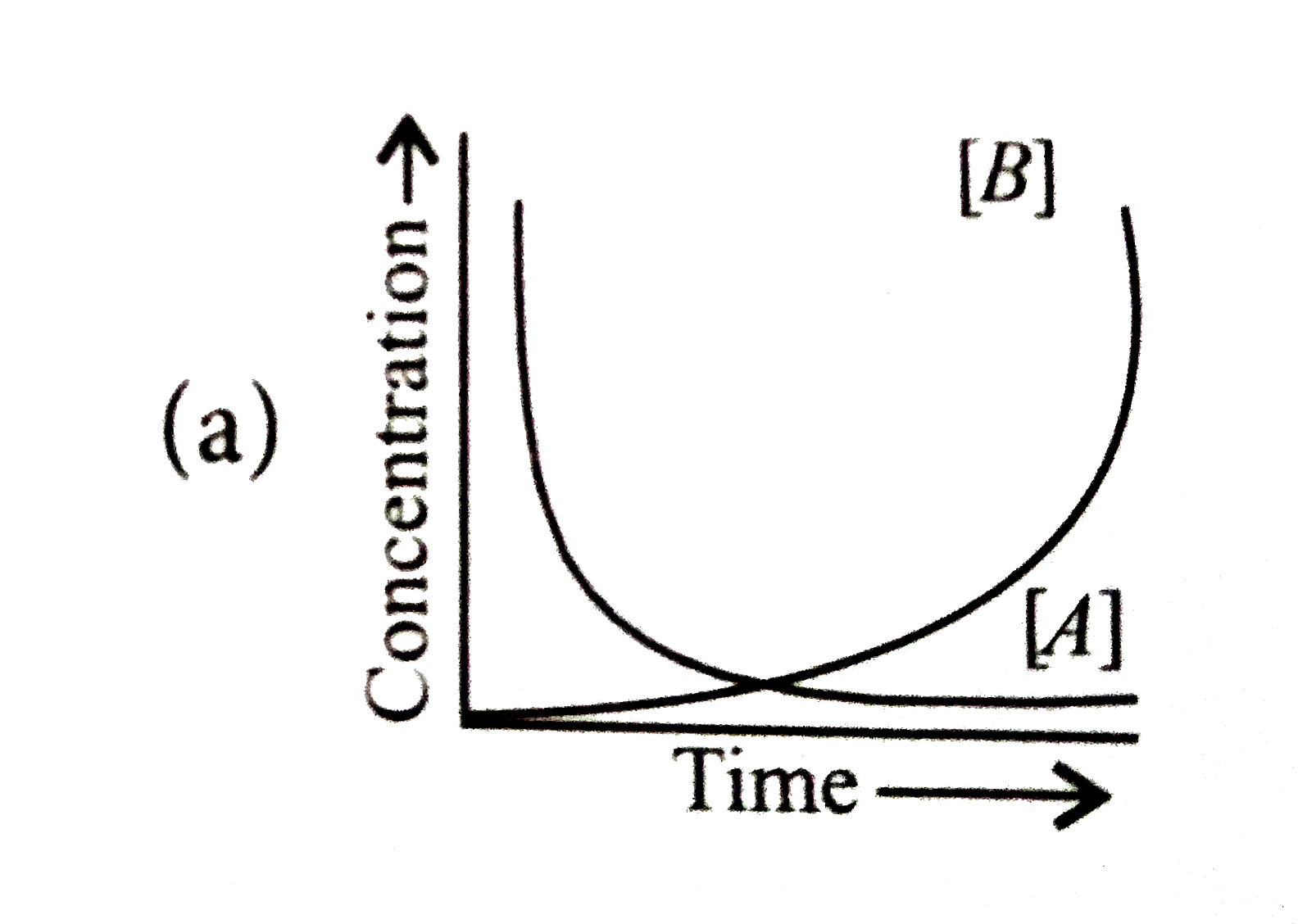 B
B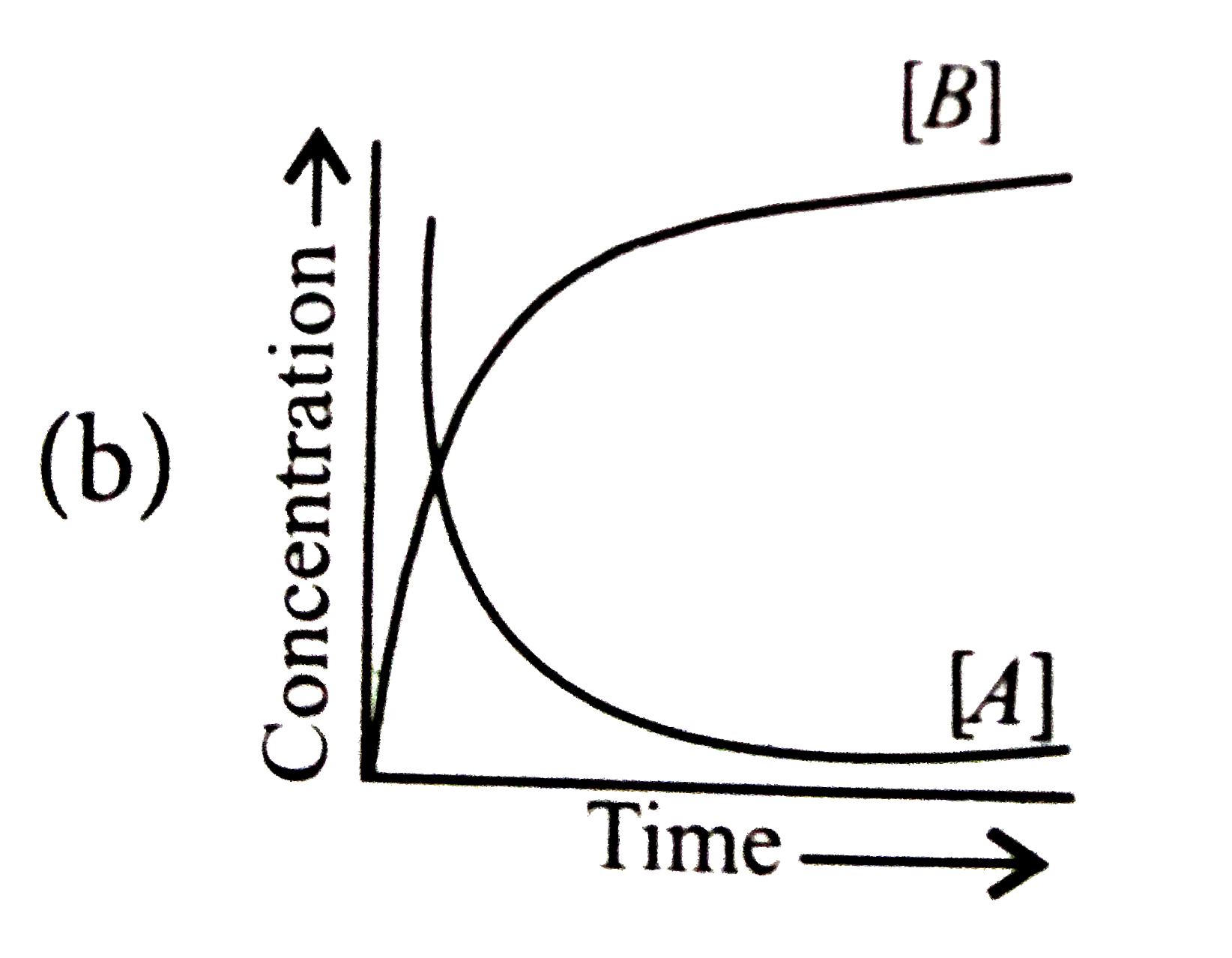 C
C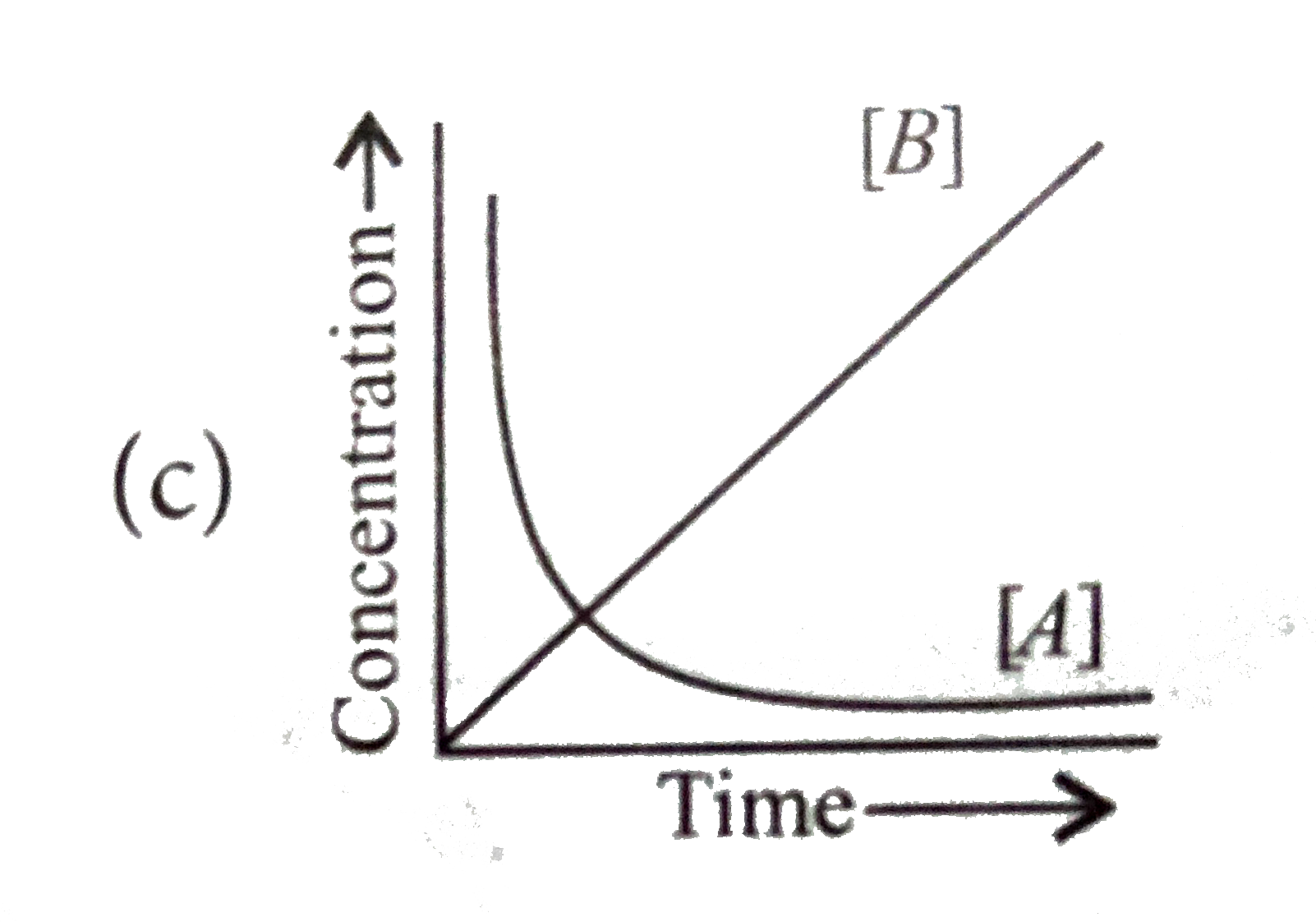 D
D
- Question 3 - Select One
Consider the reaction A→B. The concentration of both the reactants and the products varies exponentially with time. Which of the following figure correctly describes the change in concentration of reactants and products with time ?
A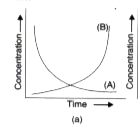 B
B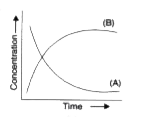 C
C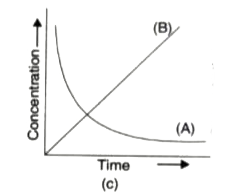 D
D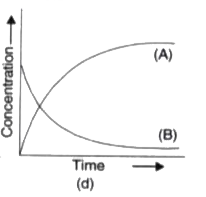
Read the following paragraph and answer the questions given below ,
Stable equilibrium is of various types . Mechanical equilibrium is achieved when all particles are at rest and total potential energy of the system is minimum . At any stage where particles are at rest but the system is not at stable equilibrium as it can reduce its potential energy by reverting to another position, is called metastable equilibrium . Thermal equilibrium is result from the absence of temperature gradients in the system. Chemical equilibrium is obtained when no further reaction occurs between reacting substances, i.e forward and reverse rates of reaction are equal. When steam with solid iron at high temperature Fe3O4(s) and hydrogen gas are produced . But the reaction never goes to completion. This is because as the products are formed the reaction proceeds in reverse direction and when rate of reverse reaction is equal to rate of forward reaction , the concentration of reactants and products become constant and equilibrium is reached.
When two reactants (A) and (B) are mixed to give products (C) and (D) the concentration quotient (Q) at initial stage of the reactionView SolutionConsider the reaction A→B. The concentration of both the reactants and the products varies exponentially with time. Which of the following figure correctly describes the change in concentration of reactants and products with time ?
View SolutionThe following are some statements about chemical equilibrium.
(A) The rate of forward reaction is equal to the rate of backward reation.
(B) The chemical equilibrium can be established from reactant side only.
(C) The concentration of the reactants and products remain same with time. The correct statements areView SolutionConsider the reaction A→B. The concentration of both the reactants and the products varies exponentially with time. Which of the following figure correctly describes the change in concentration of reactants and products with time ?
View SolutionConsider the reaction A→B. The concentration of both the reactants and the products varies exponentially with time. Which of the following figure correctly describes the change in concentration of reactants and products with time ?
View Solution

